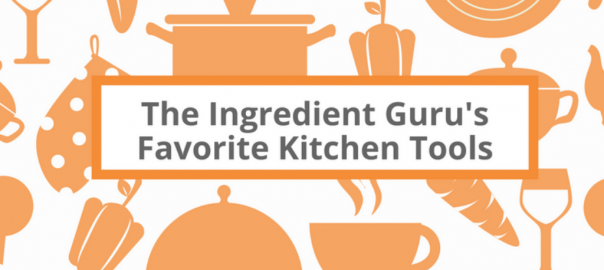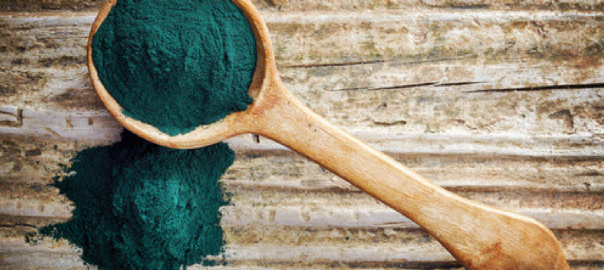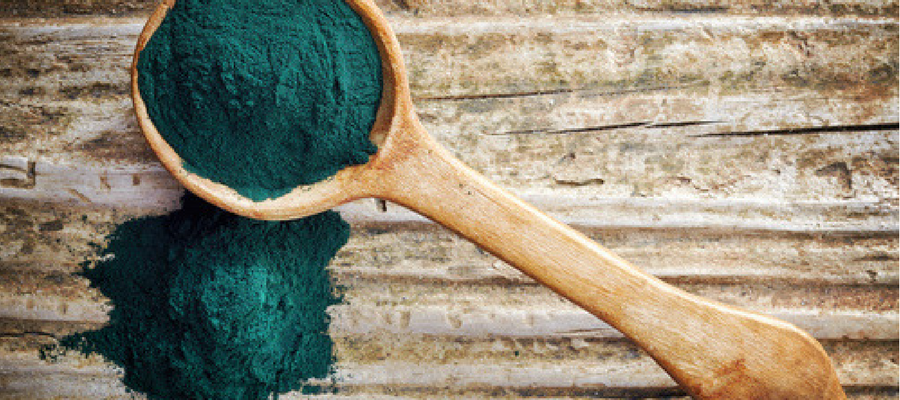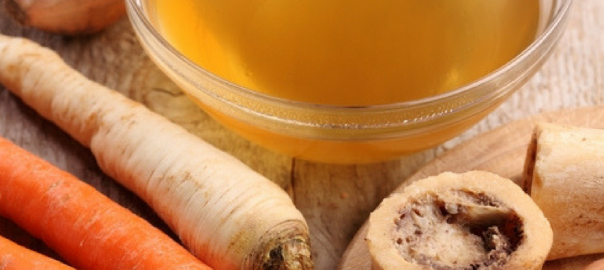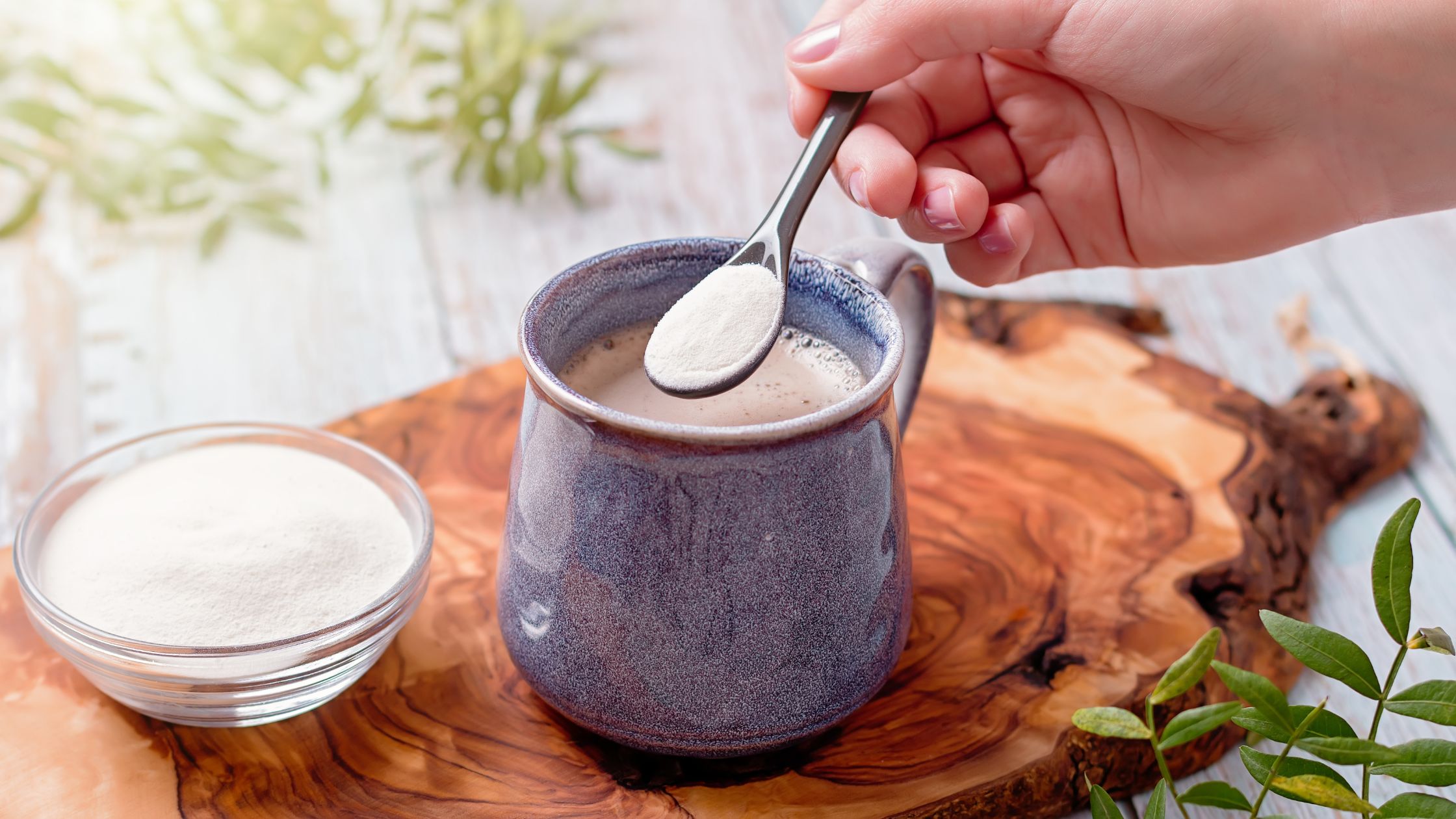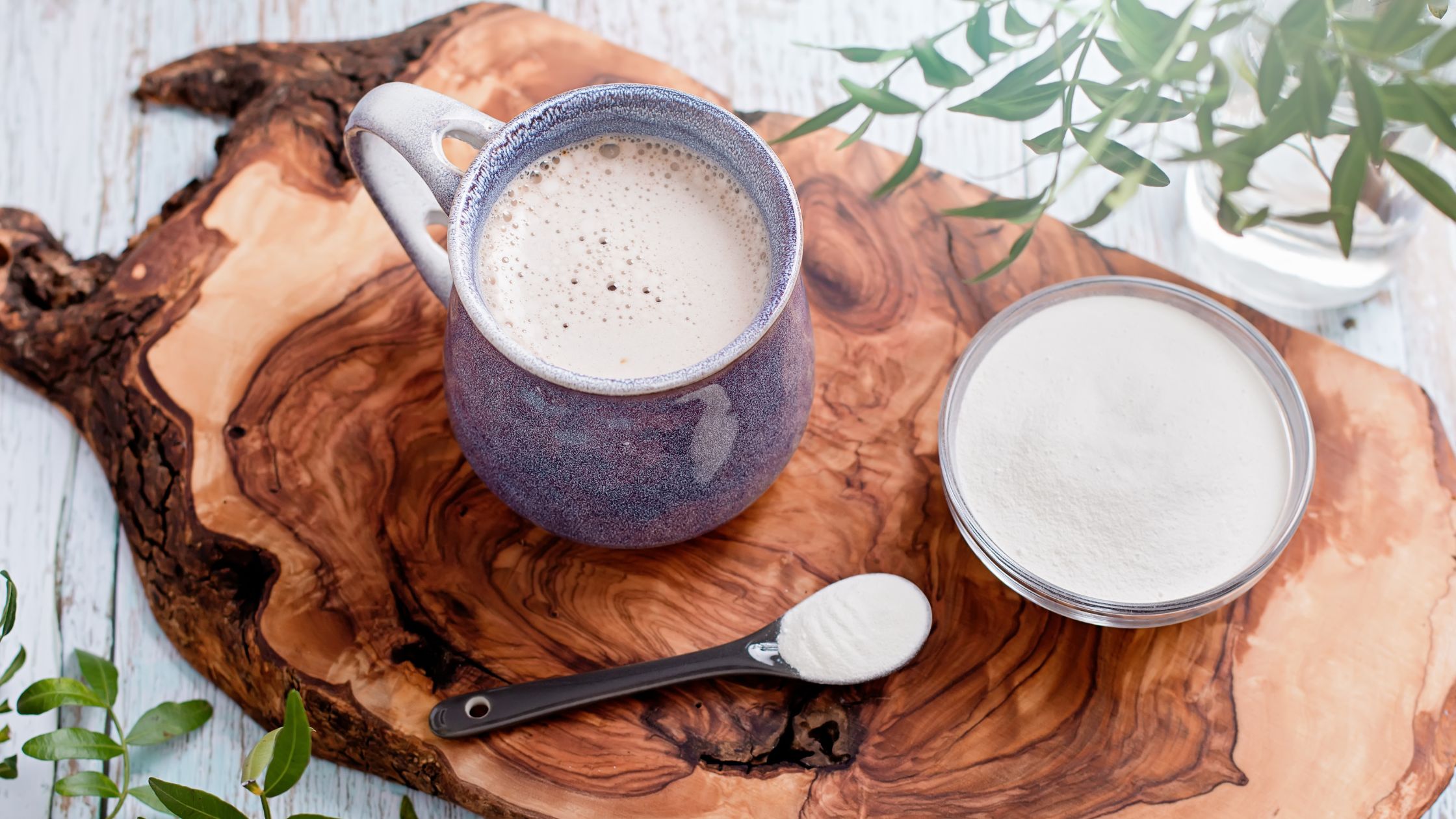Is it Safe on the Outside?
There are over 50,000 items for sale in a typical grocery store. The sad truth is that most of them are not food. They are processed conglomerations of ingredients. Because of this, there’s a common myth that if you shop the perimeter of the grocery store you’ll be “safe” from food challenges. More and more people are shopping just the “outside” of the grocery store, convinced that if they avoid what's in the middle they're only getting healthy food. Unfortunately, this is not true.
Most grocery stores are set up in a similar pattern. Walk into the produce section which is usually near the bakery or the deli. Moving around the outside edges, the perimeter, of the grocery store you'll find the fish counter, meat, poultry. The dairy section is at the back of the store. This is because the further into the store you have to walk to buy staple ingredients, such as milk, eggs, and butter, the more time you spend in the store. The longer you are there the more money you are likely to spend. On the inside aisles is where you’ll find all of the packaged, canned, and frozen foods. You often have to walk through them to get from one section to the next, increasing the possibility that you will be tempted by what is in the aisles.
Does It Belong Here?
While the fresh food is usually found on the perimeter of the grocery store it's important to be aware of two big issues that impact that section of the grocery store. The first is something called product placement or product creep. Grocery stores and food producers are well aware that consumers are purchasing more heavily from the outer edges of the store. Their job, however, is to sell as much as they can. One way they try to influence consumers is by moving in items that would not normally be in a particular section (but that go with those foods).
One example of this would be finding packaged shortcake, glaze for strawberries, and cool whip or some form of canned whipped cream in the produce section at the height of strawberry season. The grocery store may attempt to promote this as being “for your convenience” but the truth is it's there to tempt you to purchase it and to increase their sales and profits.
Unfortunately, if you don't take the time to read the labels you may get more than you bargained for. That glaze for strawberries, for example, contains genetically modified ingredients, excessive sugars, artificial colors, and possibly MSG. Rather than just getting fresh fruit, if you purchase these add-on items you're also buying a wide range of chemicals and additives which may be harmful to your health.
This happens all around the grocery store. Salad dressings by the salad, seasoning mixes and marinades by the meat, etc. Product placement is a big factor for grocery stores. As a matter of fact, food manufacturers pay something called a slotting fee to grocery stores to determine where in the store their product will appear. This idea of manipulating the perimeter is a big reason that eggs and dairy are all the way in the back of the store. The grocery chain, and by extension the food manufacturers, are looking to get you to spend as much time in the store as possible and encourage impulse buying. They know that the longer you are there the more you will spend.
What's In What You're Eating?
Another major concern with shopping the perimeter of the grocery store is not just what the food items are, but what's in them. Unfortunately, it's things that we can't really see that pose an even bigger challenge to health.
Produce
When shopping in the produce department the second thing you need to be aware of is the Dirty Dozen. Those twelve fruits and vegetables which are highly contaminated by pesticides. Eating them increases the toxic body burden. This list changes each year as the Environmental Working Group evaluates the current state of pesticides and toxins used to grow produce. The only way to avoid the toxic burden of the Dirty Dozen is to purchase organic for those twelve fruits and vegetables. To make it easy to remember the list (and stay on top of the changes) simply download the Environmental Working Group's free app, EWG Healthy Living (ios and android).
Meat and Poultry
In the meat and poultry section buying organic is your best choice. Conventionally raised animals are given high levels of antibiotics, partially to keep them healthy in spite of the crowded conditions they are raised in. It’s also because these antibiotics act as a growth stimulator. Unfortunately, the antibiotics are passed on through the to end product when we then wind up consuming them. It’s important to note that the overuse of antibiotics in farming has led to an increase in antibiotic-resistant bugs. Conventionally raised animals are also allowed to be raised on genetically modified (GM) feed which is often heavily laden with pesticides. These items can have an impact on your body as well as affecting the environment. Note that the term “natural” is not the same as organic. Although there are some rules around the natural label when it comes to meat products, this label still allows for the use of GM/pesticide-laden feed. The only way to avoid added hormones, pesticides, and genetic modification is to choose organic.
Dairy
The dairy section is another area of concern. Not only because of the antibiotics, GM feed, and high levels of pesticides found in conventionally sourced dairy products, but also because of added hormones. rBST sometimes referred to as rBGH, is a growth hormone which causes cows to produce more milk. Studies have shown that dairy with rBGH tends to have more Insulin-Like Growth Factor 1 (IGF-1). This, in turn, has been linked to cancer, specifically of the breast, prostate and gastrointestinal tract. Although it is possible to do the research and avoid dairy with added hormones if it is conventionally raised all of the other issues still remain. Once again, choosing organic is the best, healthiest option.
Summary
- Be on the lookout for product creep — items that are in a category where they don't belong
- Be mindful of the Dirty Dozen fruits and vegetable, buying organic for those choices
- Choose organic meats to avoid added hormones and antibiotics
- Avoid added hormones and antibiotics in dairy products by choosing organic
- Read labels to help you avoid negative ingredients






